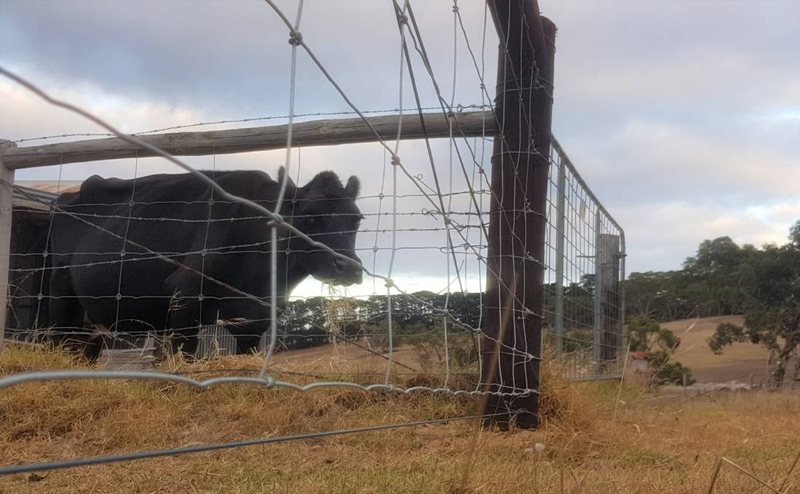March 12, 2019 Town & Country Magazine Bryan Littely
The right fencing for your farm
Whether you have a holding of a couple of acres within the town boundaries or a couple of thousand hectares, or anything in between, you will want to define your slice of land with a fence if you are to farm anything of a livestock variety.
If you’re new to the farming game and keen to dodge the description of “hobby farmer”, your approach to fencing your new loved land holding stands to define more than just the boundary to your property.
Put up the wrong fence to keep in the half a dozen Dorpers you plucked off of Gumtree - proudly advocating the advantages of not having to shear them - and you may soon find yourself referred to in Farmsville as the “Dopey Dorper” bloke from down the road.
To avoid a fencing tangle on you place, here’s four types of fencing for different purposes you can consider on your farm:
Post and Rail
Statement fencing often used to define an entrance. Four rails, evenly spaced, is a typical execution of this style and ideal for horse yards or for cattle where intent is to hold stock in higher numbers - holding yards. Often combined with cyclone or mesh fencing where mixed livestock are being farmed on smaller properties.
Common rural fencing
Most average sized farms where multiple internal paddocks are required to manage grazing and keep mixed type and age livestock separated, will use a combination of prefabricated cyclone fencing, barbed wire and plain wire. A typical fence of this nature will have permapine posts spaced about 4-5m apart, a run of barbed wire below the cyclone and a row at the top of the fence and a plain wire between the cyclone and barbed wire.

FENCED IN: Whether you are building new, replacing or repairing, it is important to fence right for the livestock you intend to run.
Boundary fencing
While it is desirable to keep your livestock under control within your property, it is essential to keep your livestock within your property. A decent investment in your boundary fencing may save you plenty in the long run when you avoid stock losses, or worse. Additional barbed wire, thicker guage wire and Ringlock cyclone fencing all should be considered. Treated timber is a popular choice because of its resistance to termites and while steel is great in high fire risk areas and is can be installed without using a tractor.
Alpaca fencing
Because just about every New to Country farmer “needs” an alpaca. Fencing for alpacas has its challenges - electric fencing is not often effective due to their fleece, barbed wire proves harmful. Cyclone wire or multiple close strands of plain wire, both strained tight, is the best option. The bottom wire must be no more than 15cm from the ground.
While farming fencing is not exactly a science, planning will save you headaches and money in the long run.
